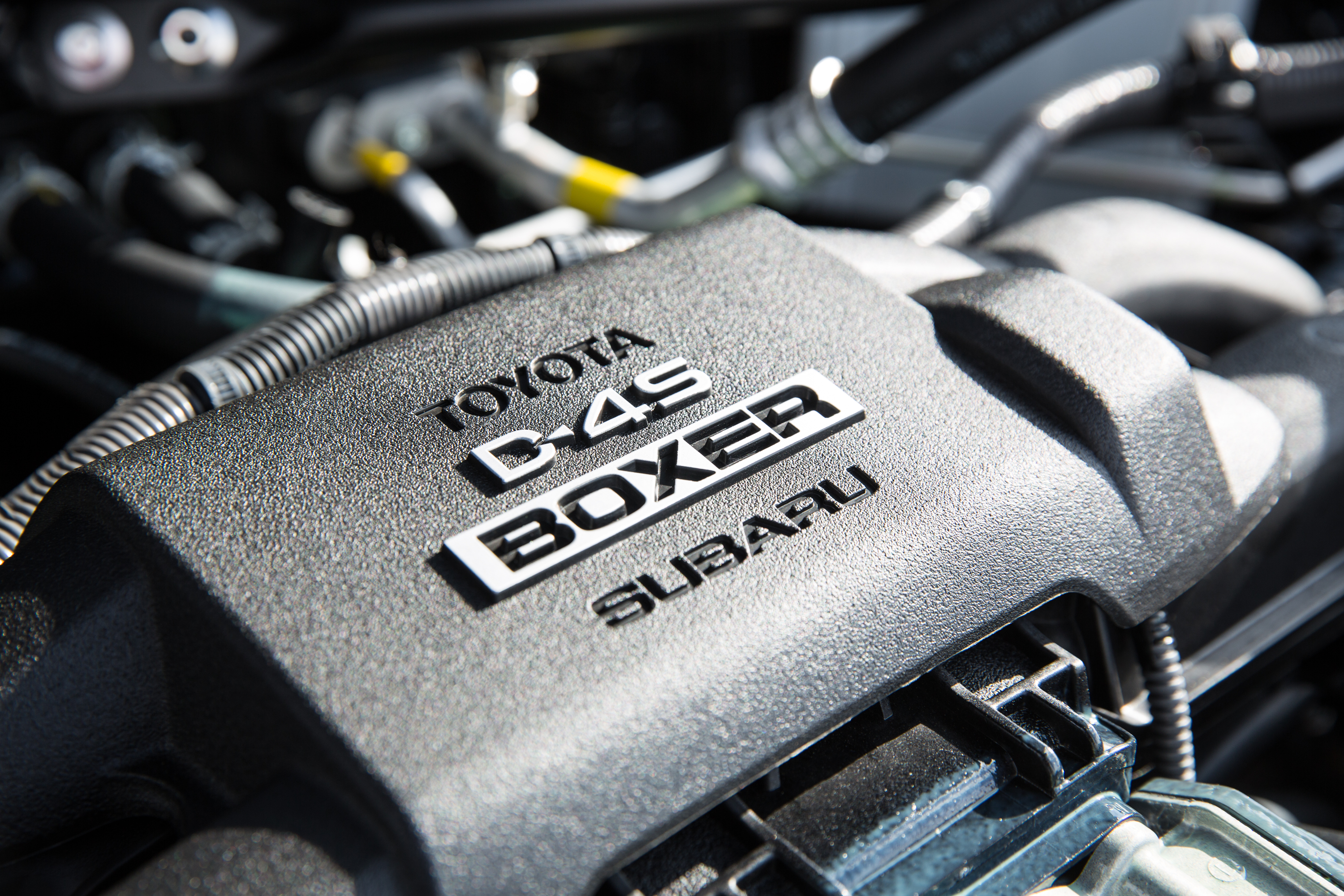Typically, cars come with two different types of engine configurations — ‘V’ and ‘inline’, with cylinders and pistons aligned in two banks, or all in a row.
But tradition can be boring, and some manufacturers prefer to do things differently. Rotary engines could be once found under the bonnets of many Mazdas and other vehicles before that, but they have since become nullified. There’s still another option, though. The flat — or ‘boxer’ — engine lives on in a handful of vehicles.
Never heard of it? Let us explain…
What is a boxer engine?
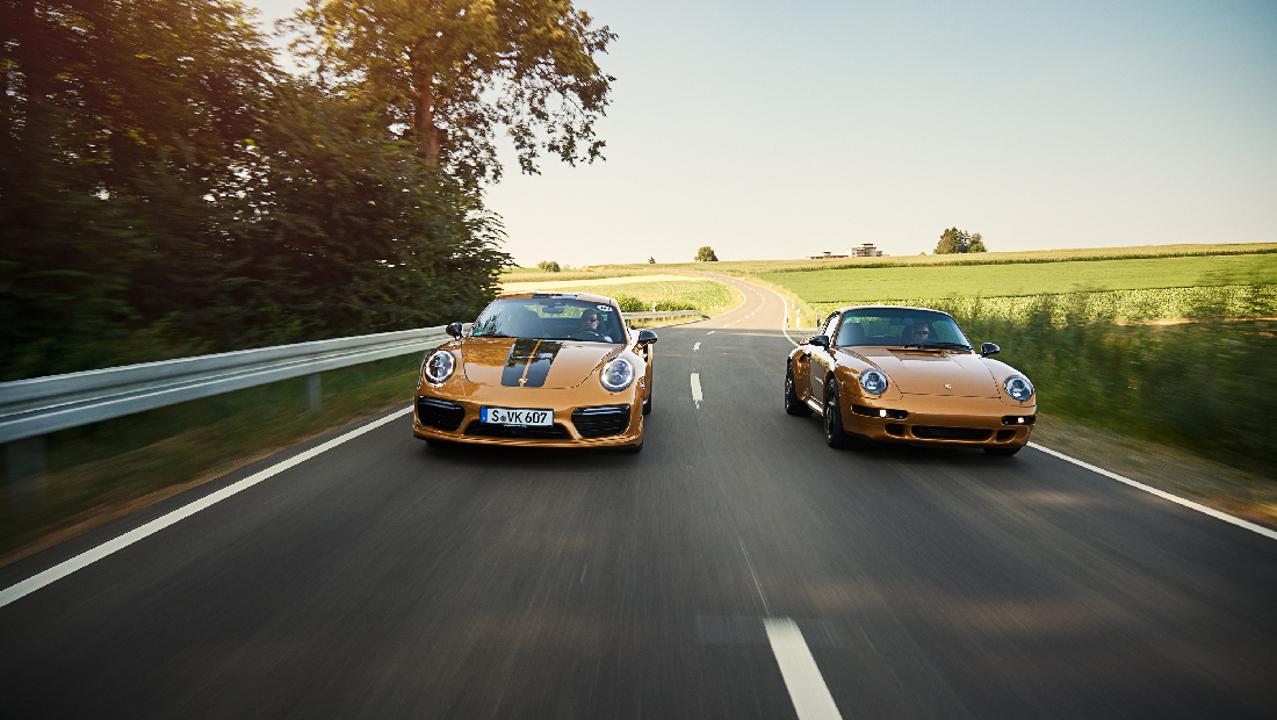
A flat engine — commonly known as a ‘boxer’ — has horizontally-opposed cylinders and pistons. This means two banks of cylinders lie opposite each other on a single crankshaft — unlike straight and ‘V’ layouts, which sees them in line with one another.
Imagine a boxer punching in rhythm. One fist swings and retracts, with a smooth transition for the next and then rinse-repeat. In fact, it’s thought the nickname ‘boxer’ came from this analogy.
The boxer engine is no new thing. Karl Benz created the first motor with horizontally-opposed pistons in 1896, then naming it the ‘kontra’ engine.
What’s the benefit?
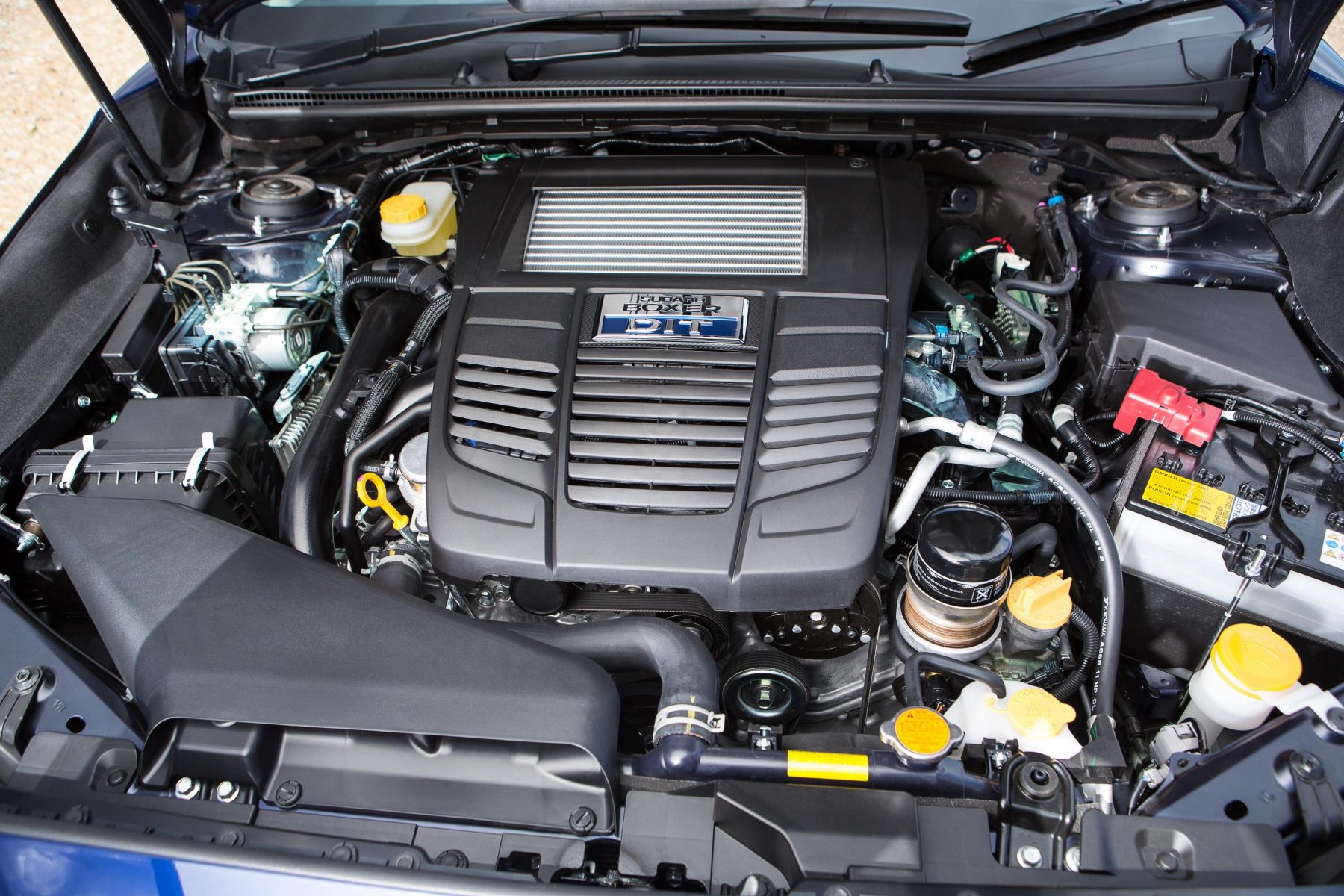
Boxer engines have a number of advantages over traditional configurations, particularly in performance cars.
Their flat nature allows them to be built low, while opposing the cylinders creates an overall shorter unit too. The result is a lower centre of mass than would be found with a more conventional layout.
Vibrations from the engine are also reduced, with each piston effectively cancelling each on that front, creating a smoother ride.
Any disadvantages?
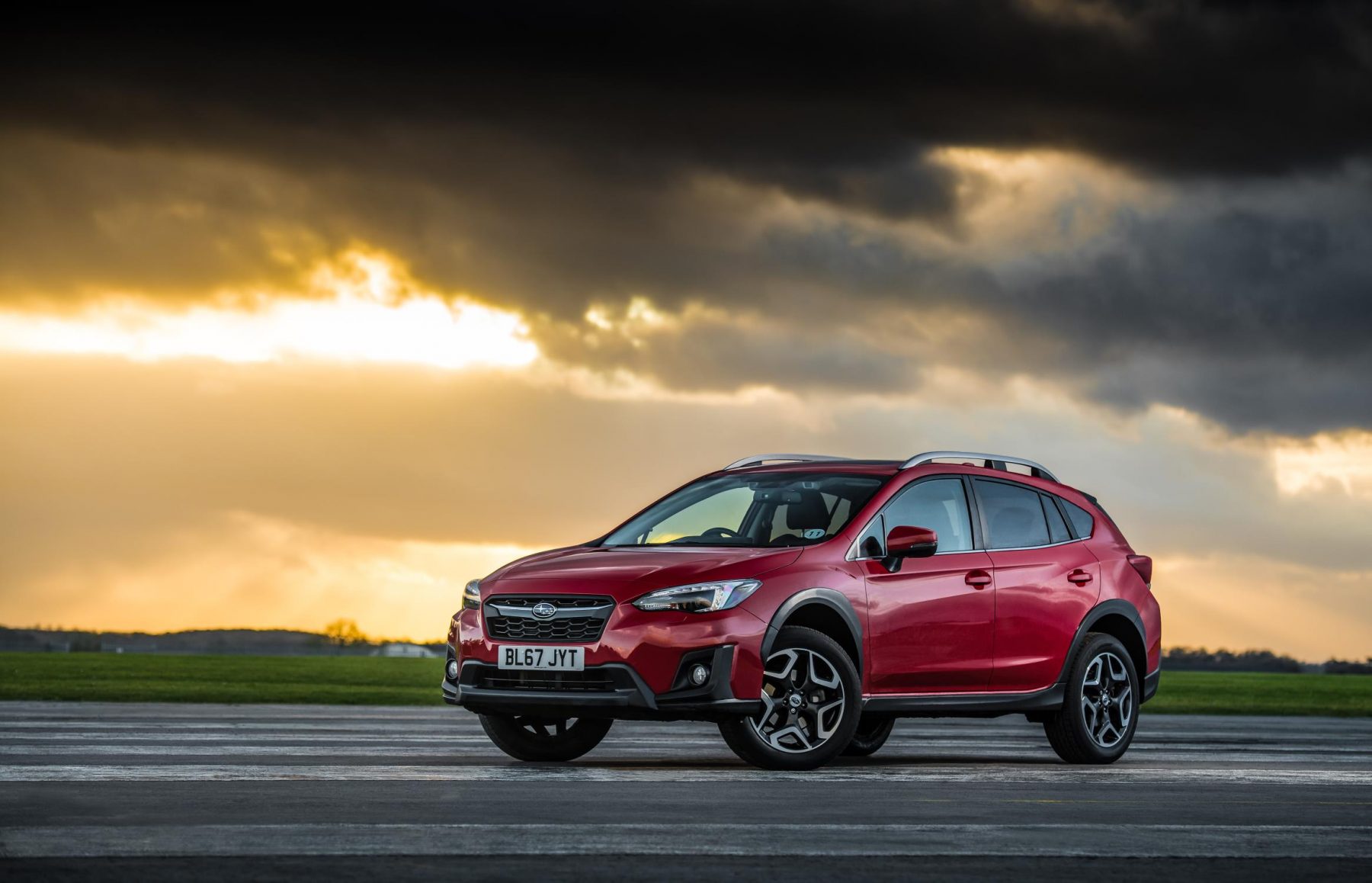
For all their plus points, there’s plenty of reasons why flat engines are not the go-to choice across the board.
First of all, the design is much more complex to produce — meaning costs are higher, which isn’t going to work for manufacturers wanting to maximise profits. Two banks of cylinders means two cylinder heads, two gaskets, two rocker covers – as opposed to the one you’d find on a regular inline unit.
They’re also wider than inline counterparts, making them less usable in compact vehicles, which often rely on transverse placement of engines to maximise space.
Who uses them?
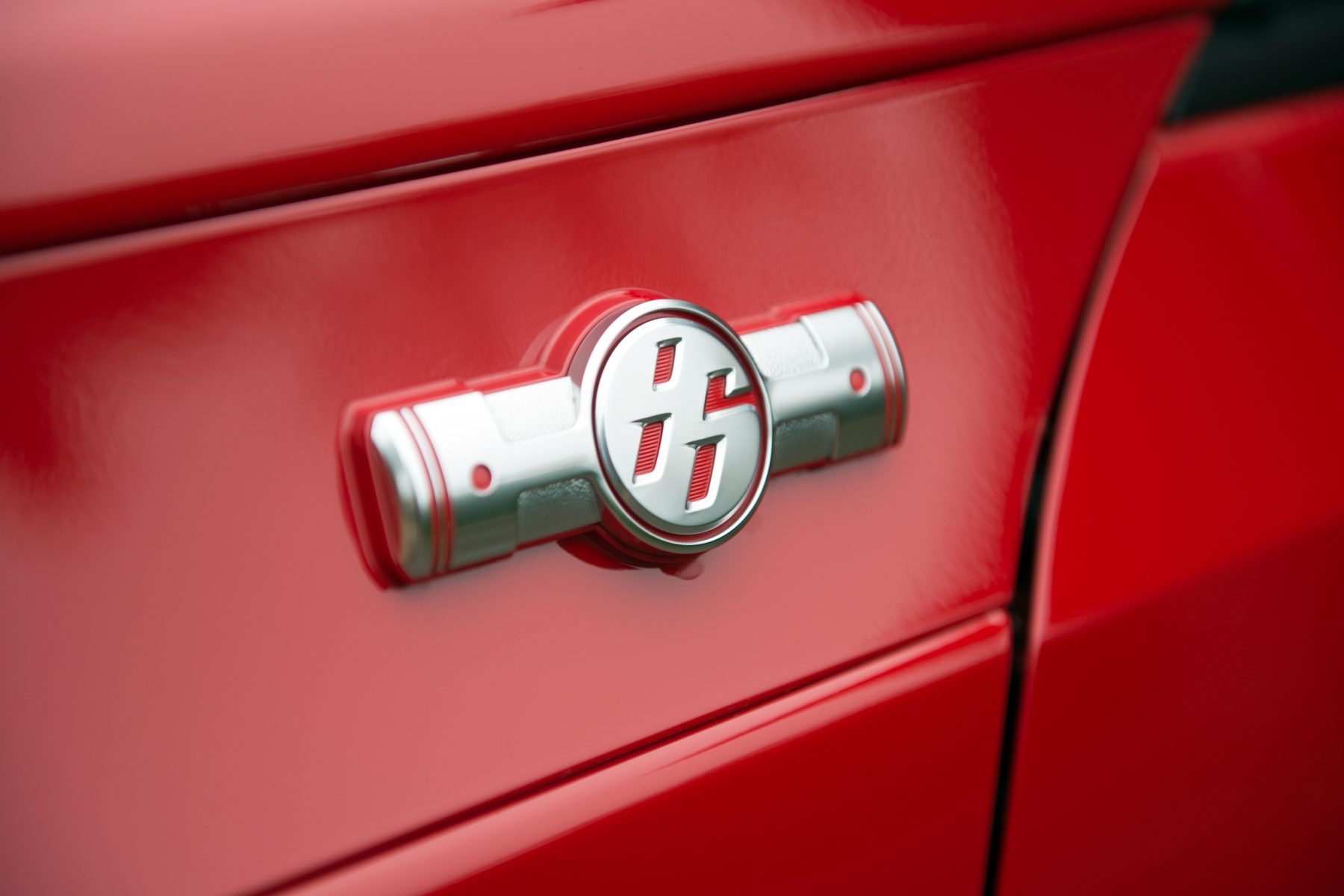
While boxer engines are undoubtedly a minority in terms of engine configurations available on the market today, they’re not hard to find.
Subaru swears by them exclusively — with all of its current UK offerings using the horizontally-opposed configurations. In fact, the firm is as synonymous with boxers as Mazda once was with the rotary engine, having historically used the tech in many of its vehicles, perhaps most famously the WRX STI performance hero.
Perhaps lesser known is Porsche, which has used flat-six engines in every iteration of its most famous car — the 911. It also uses four-cylinder boxer units in the 718 Cayman and Boxster — the latter of which gets its name from the engine configuration.
Toyota also has one in its line-up in the GT86 sports car — although that’s derived from Subaru, which uses it in the mechanically-identical BRZ.

